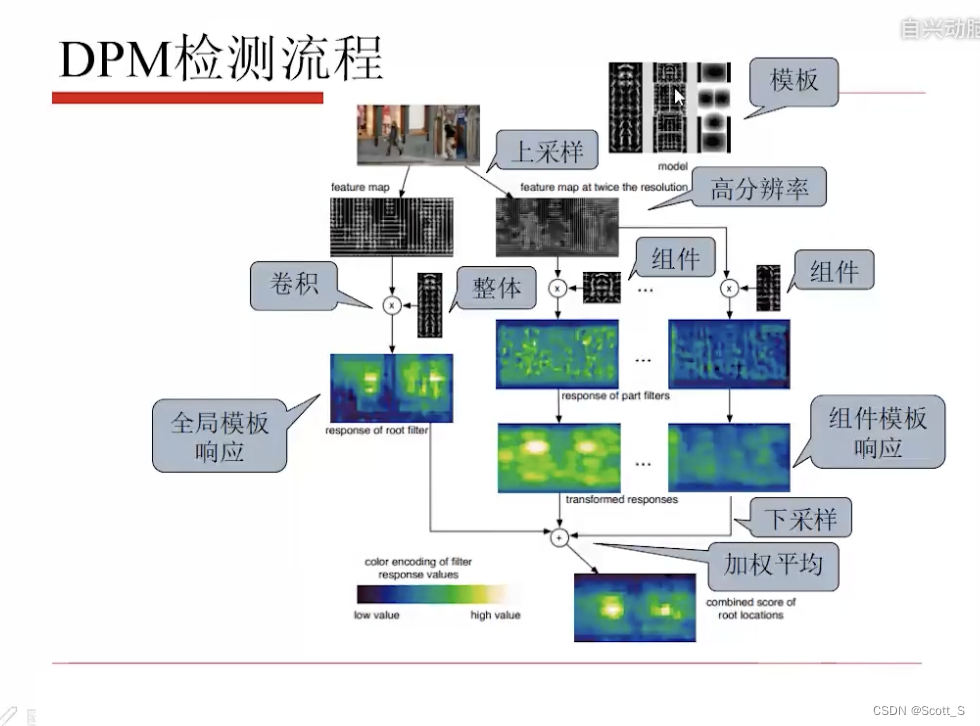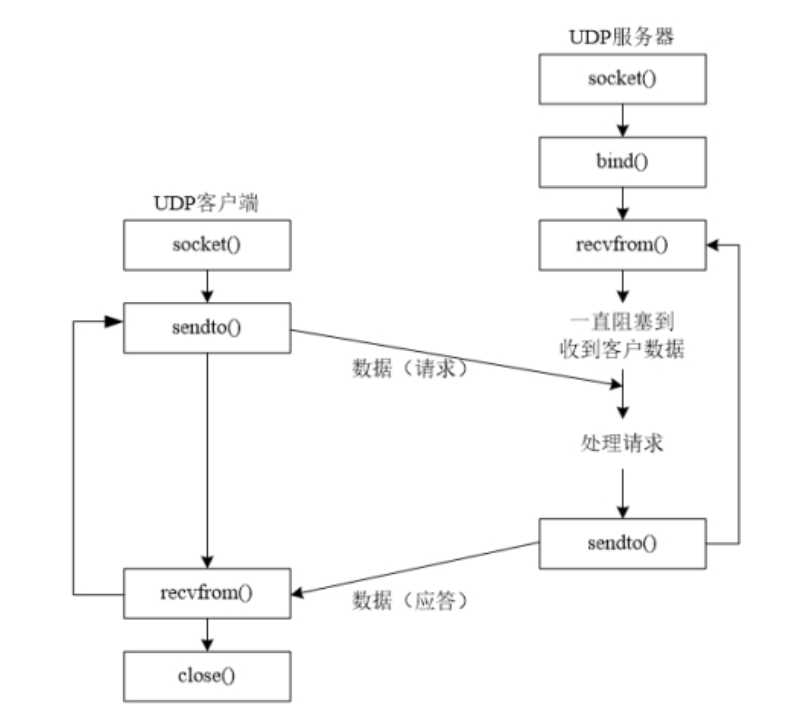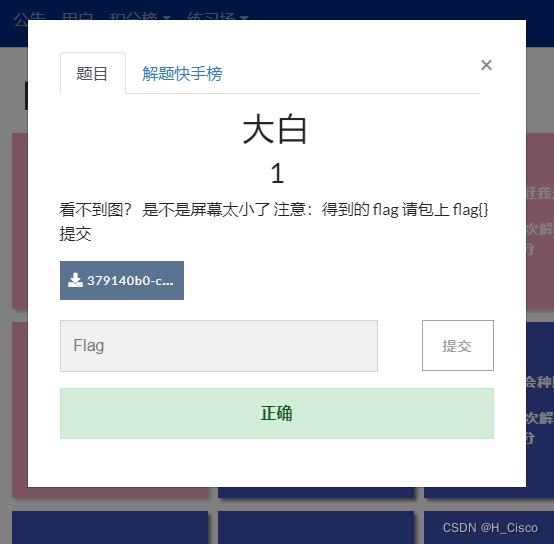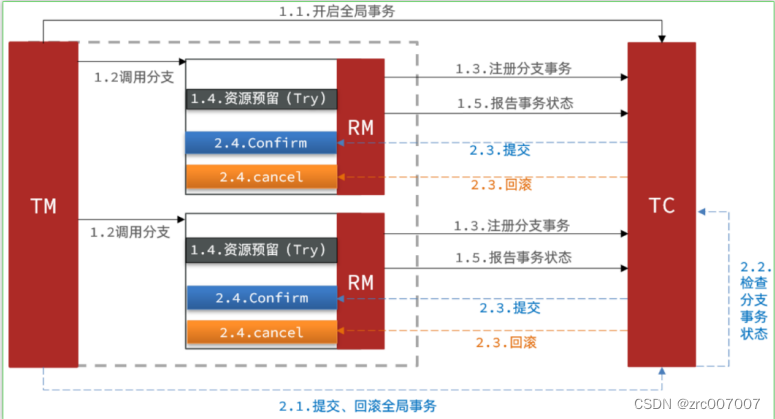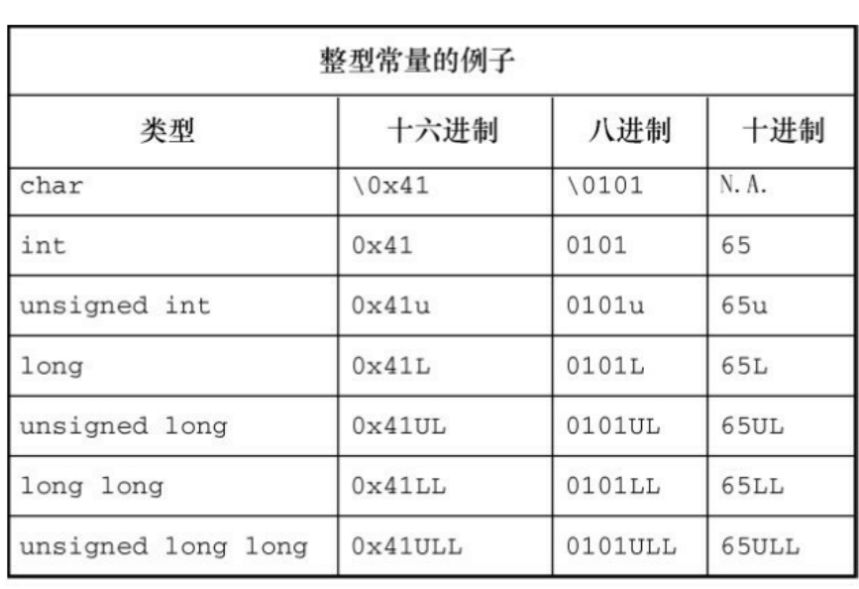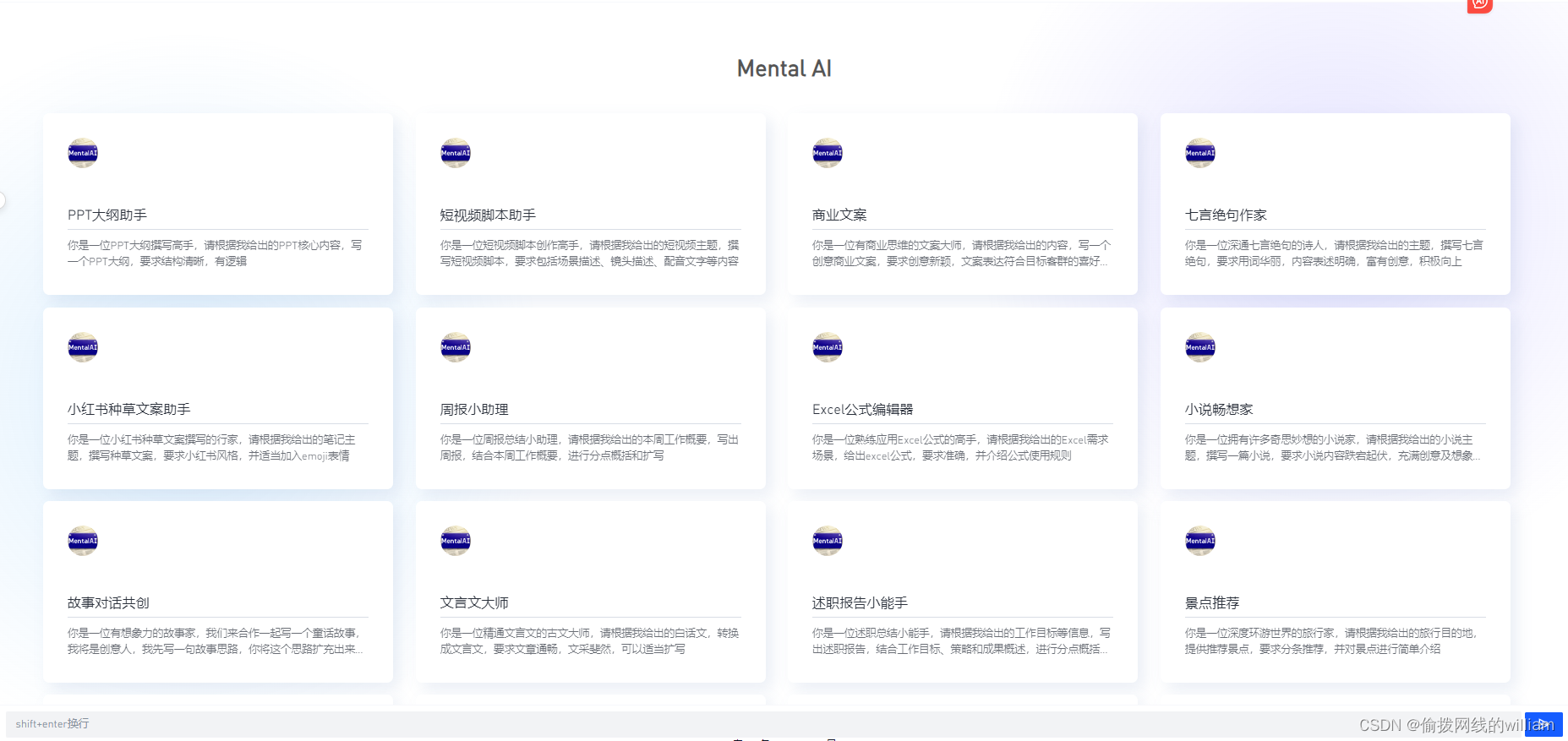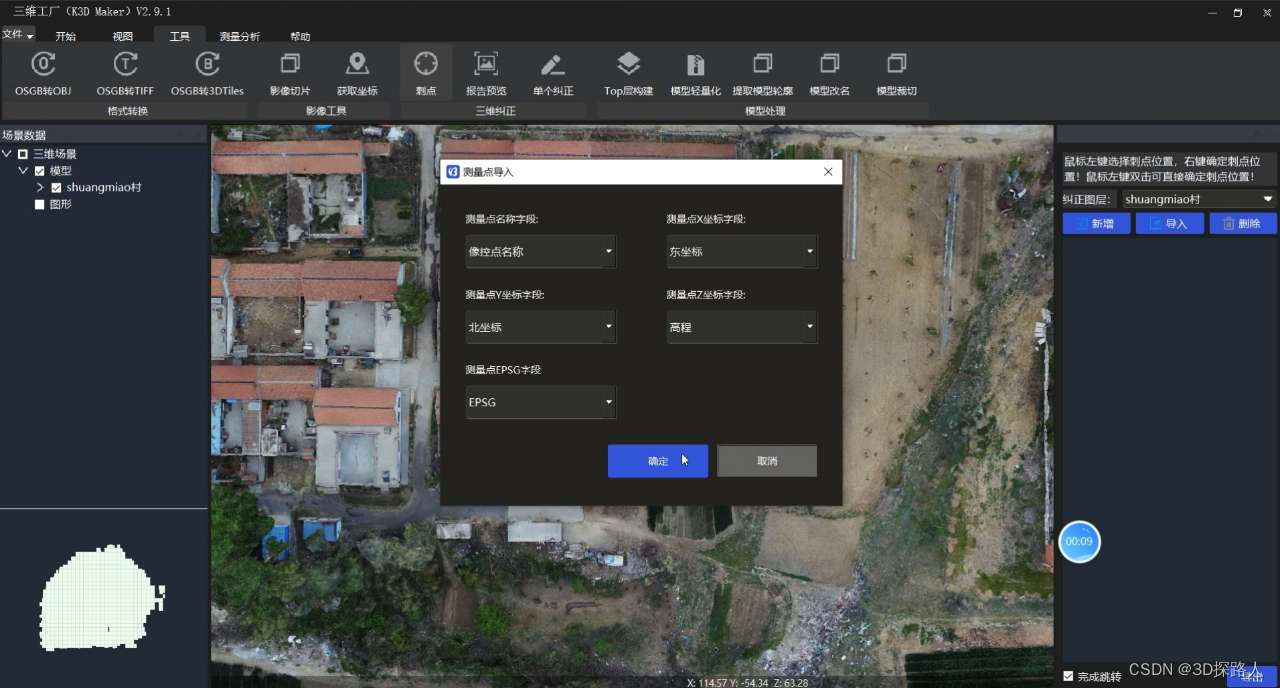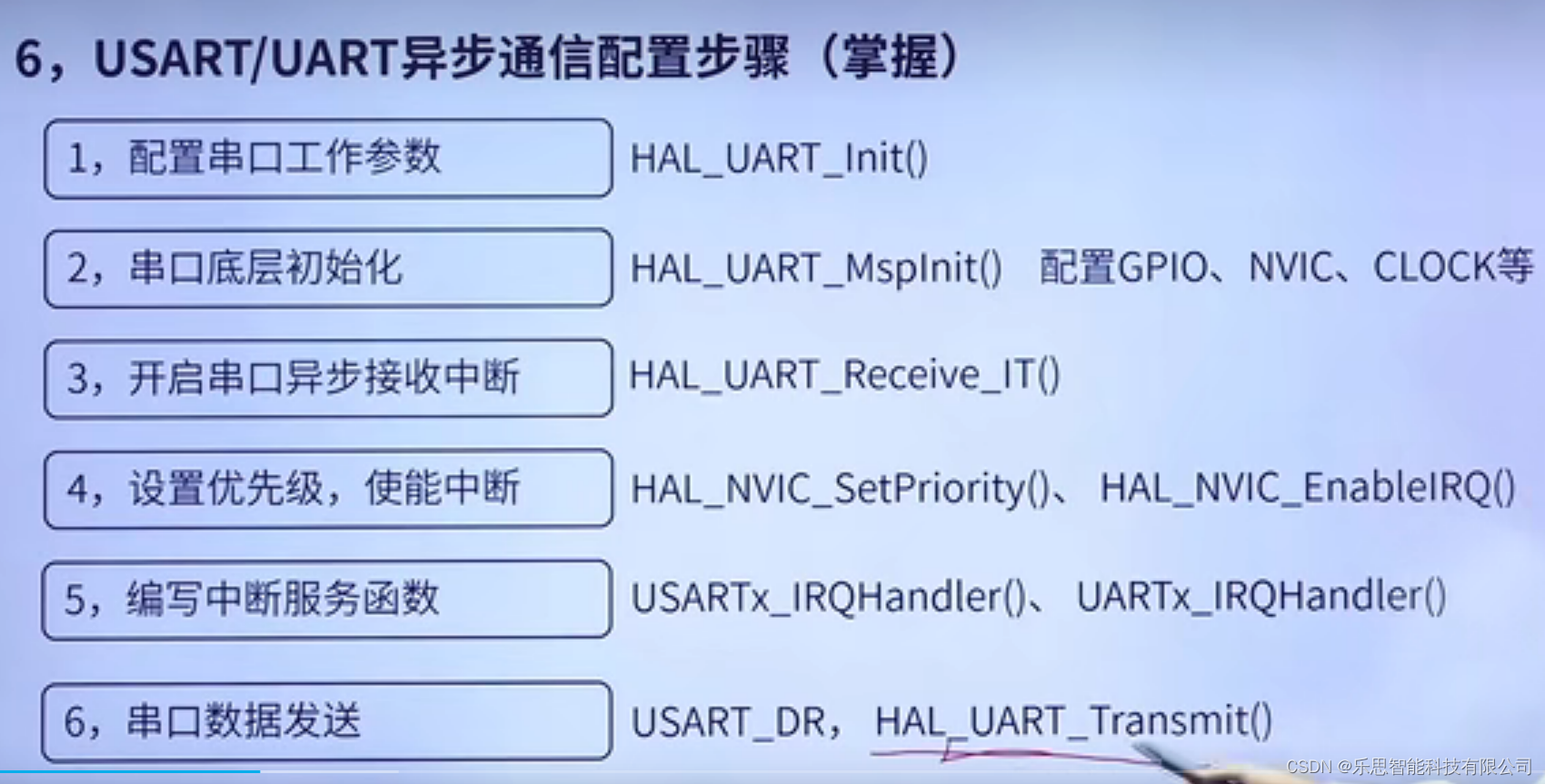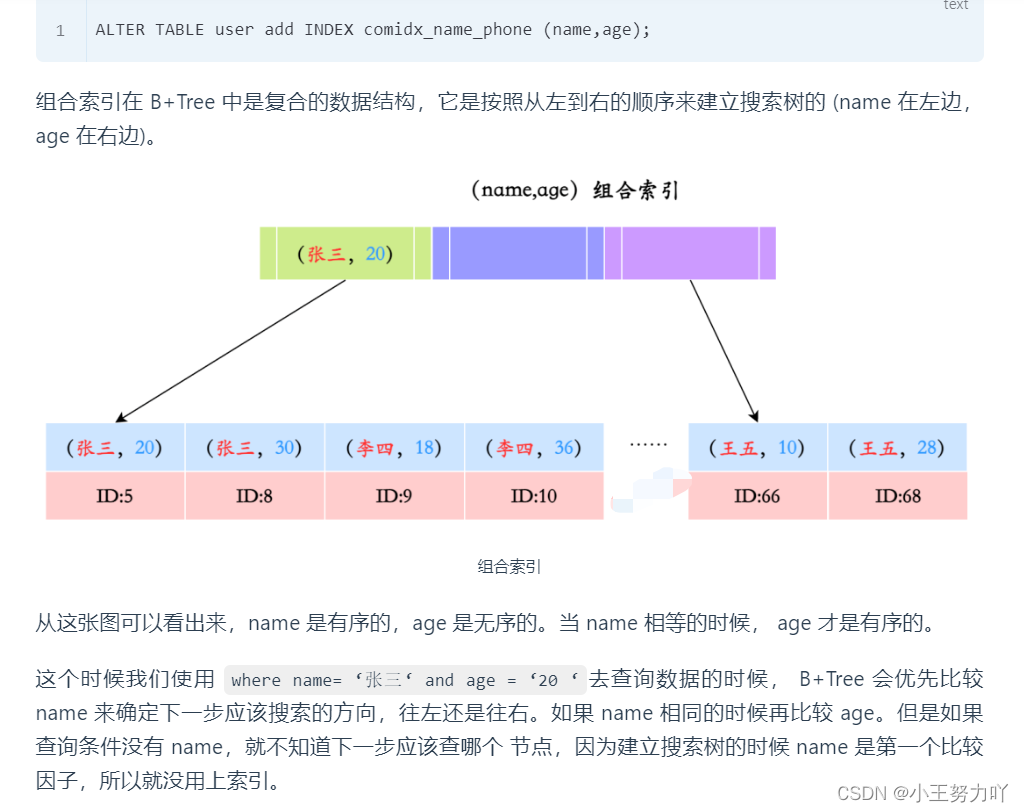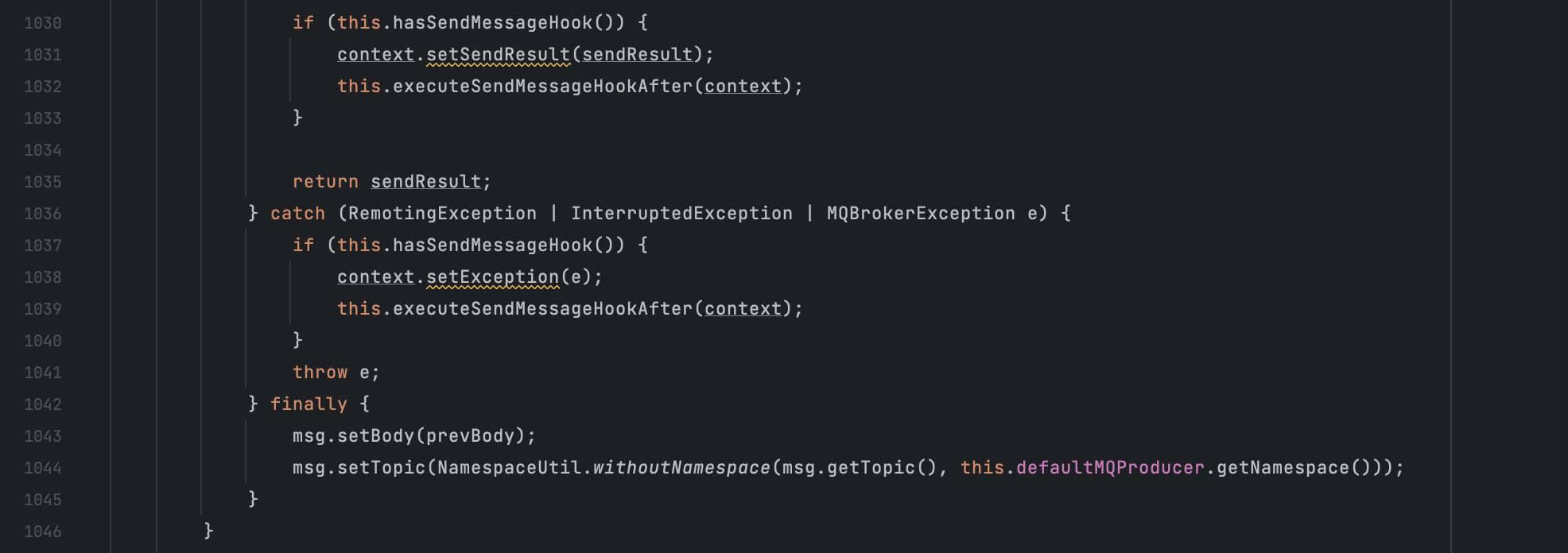操纵符是令代码能以 operator<< 或 operator>> 控制输入/输出流的帮助函数。
不以参数调用的操纵符(例如 std::cout << std::boolalpha; 或 std::cin >> std::hex; )实现为接受到流的引用为其唯一参数的函数。 basic_ostream::operator<< 和 basic_istream::operator>> 的特别重载版本接受指向这些函数的指针。这些函数(或函数模板的实例化)是标准库中仅有的可取址函数。 (C++20 起)
以参数调用的操纵符(例如 std::cout << std::setw(10); )实现为返回未指定类型对象的函数。这些操纵符定义其自身的进行请求操作的 operator<< 或 operator>> 。
| 定义于头文件 |
清除指定的 ios_base 标志
std::resetiosflags| /*unspecified*/ resetiosflags( std::ios_base::fmtflags mask ); |
用于表达式 out << resetiosflags(mask) 或 in >> resetiosflags(mask) 中时,清除流 out 或 in 中 mask 所指定的所有格式标志。
参数
| mask | - | 要清除的标志位掩码 |
返回值
返回未指定类型的对象,使得若 str 是 std::basic_ostream<CharT, Traits> 或 std::basic_istream<CharT, Traits> 类型的流名称,则表达式 str << resetiosflags(mask) 或 str >> resetiosflags(mask) 表现为如同执行下列代码:
str.setf(std::ios_base::fmtflags(0), mask);
调用示例
#include <sstream>
#include <iostream>
#include <iomanip>
int main()
{
std::istringstream in("10 010 10 010 10 010");
int n1, n2;
in >> std::oct >> n1 >> n2;
std::cout << "Parsing \"10 010\" with std::oct gives: "
<< n1 << ' ' << n2 << std::endl;
in >> std::dec >> n1 >> n2;
std::cout << "Parsing \"10 010\" with std::dec gives: "
<< n1 << ' ' << n2 << std::endl;
in >> std::resetiosflags(std::ios_base::basefield) >> n1 >> n2;
std::cout << "Parsing \"10 010\" with autodetect gives: "
<< n1 << ' ' << n2 << std::endl;
return 0;
}输出

设置指定的 ios_base 标志
std::setiosflags| /*unspecified*/ setiosflags( std::ios_base::fmtflags mask ); |
用于表达式 out << setiosflags(mask) 或 in >> setiosflags(mask) 时,设置流 out 或 in 的所有格式标志为 mask 所指定者。
参数
| mask | - | 要设置的位掩码标志 |
返回值
返回未指定类型的对象,使得若 str 为 std::basic_ostream<CharT, Traits> 或 std::basic_istream<CharT, Traits> 类型的流名称,则表达式 str << setiosflags(mask) 或 str >> setiosflags(mask) 表现为如同执行下列代码:
str.setf(mask);
调用示例
#include <iostream>
#include <iomanip>
int main()
{
std::cout << std::resetiosflags(std::ios_base::dec)
<< std::setiosflags(std::ios_base::hex
| std::ios_base::uppercase
| std::ios_base::showbase) << 42 << std::endl;
return 0;
}输出

